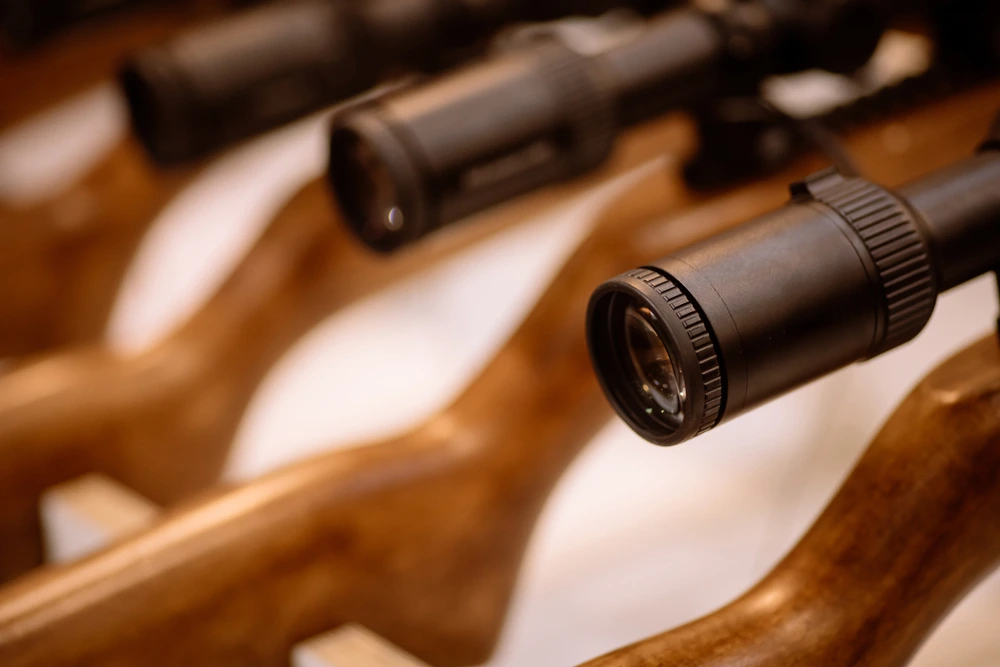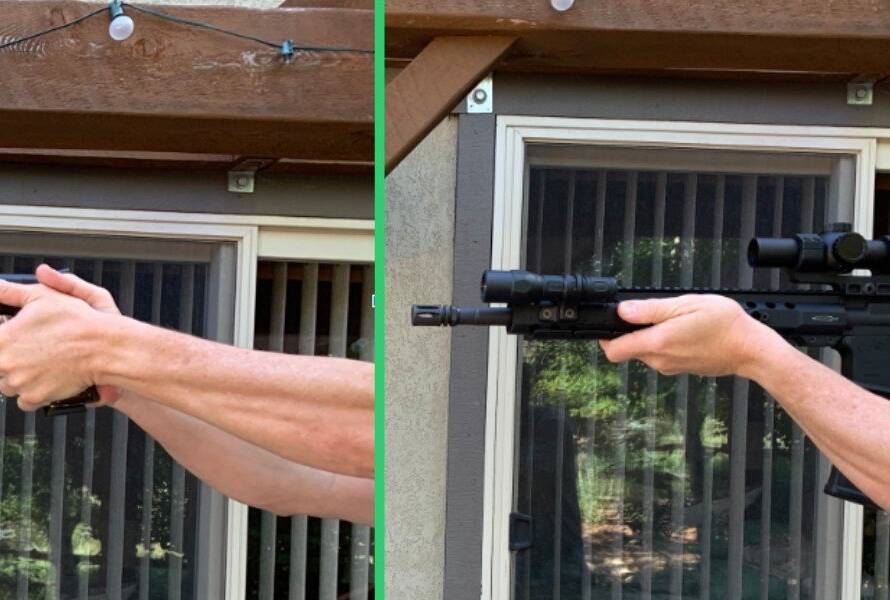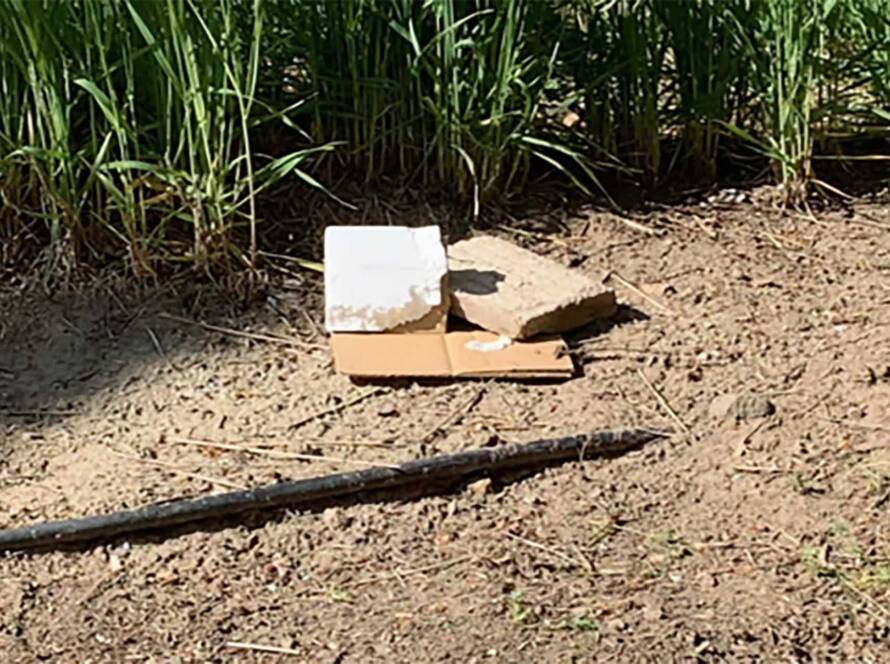Why Choosing the Right Scope Matters
Whether you’re a hunter, competitive shooter, or just getting started with your first firearm, the right optic can make or break your shooting experience. Your scope affects everything from accuracy and speed to comfort and confidence.
At RKB Armory, we’re not just in the business of selling and buying scopes—we’re shooters ourselves. We understand how overwhelming it can be to navigate the range of scope options on the market today. That’s why this guide is here: to help you make the right choice based on your goals, preferences, and budget.
Scope Basics: Understanding Key Terms
Before you shop, it helps to understand a few basics:
- Magnification (e.g., 1-4x, 3-9x, 5-25x): Indicates how much closer your target will appear. A 3-9x scope can zoom in from 3 to 9 times closer.
- Objective Lens Diameter (e.g., 40mm, 56mm): Affects light gathering and image brightness. Larger lenses mean better light transmission but bulkier scopes.
- Tube Size (e.g., 30mm, 34mm): Determines the mount size and can affect adjustment range.
- Reticle: The crosshair design. Can be simple (duplex) or complex (BDC, mil-dot, Christmas-Tree). Illuminated reticles are great in low light.
- Parallax: An optical illusion that can affect accuracy at long ranges. Adjustable parallax settings help eliminate this.
Types of Scopes: What’s Right for You?
1. Red Dot Sights
- Best for: Close-quarters shooting, home defense, tactical applications
- Why Choose It: Unlimited eye relief, fast target acquisition, simple design
- Limitations: No magnification; less suitable for long-range
2. LPVO (Low Power Variable Optics)
- Best for: Tactical and competition shooting
- Typical Range: 1-4x, 1-6x, 1-8x
- Why Choose It: Offers flexibility to zoom in/out. Great for mid-range accuracy.
- Limitations: Limited top-end magnification
3. Precision & Hunting Scopes
- Best for: Long-range shooting, hunting, target shooting
- Typical Range: 3-15x, 5-25x, 6-36x
- Why Choose It: Great clarity and fine-tuned reticles. Allows for accurate shots at varying distances.
- Limitations: Heavier, often more expensive, requires more training to use effectively
How to Choose Based on Use Case
For Beginners
If you’re new to firearms and scopes, start simple. Red dots or entry-level LPVOs are intuitive and versatile.
- Recommended: Aimpoint Pro, Primary Arms SLx 1-6x
For Hunters
You need a rugged, light-weight weather-resistant scope with variable magnification for changing terrain and lighting.
- Recommended: Leupold VX-5HD, Trijicon AccuPoint
For Tactical Shooters
Quick transitions between near and far targets require something like an LPVO with a daylight-bright reticle.
- Recommended: Trijicon Credo HX, Eotech Vudu
For Long-Range Shooters
You’ll benefit from a first focal plane (FFP) scope with precise adjustments and high magnification.
- Recommended: Nightforce ATACR, Vortex Razor
Mounts Matter: Matching Your Scope to Your Firearm
Don’t overlook the mount—it’s critical to accuracy and durability.
- One-piece mounts: Offer stability and simplicity
- Rings: Allow more flexibility but require perfect alignment
- Proper torque: Over-tightening can damage your scope
Make sure your mount is the right size for your scope tube (30mm, 34mm, etc.) and matches your rail (Picatinny or other).
RKB Armory’s Buy-and-Sell Expertise
At RKB Armory, we make it easy to sell your used optics. We buy name-brand scopes in good condition, including:
We do not accept discontinued models, thermal or night vision optics.
Why Sell to RKB?
- Top Dollar Payouts: We understand value because we’re optics enthusiasts ourselves
- Simple Process: Submit your optic’s details, receive a quote, ship it, and get paid
- No Hidden Fees: Transparent offers and secure transactions
Frequently Asked Questions
What’s the difference between FFP and SFP scopes?
- FFP (First Focal Plane): Reticle size changes with magnification. Great for long-range and precision.
- SFP (Second Focal Plane): Reticle size stays the same. Easier to see at low magnification.
Do I need illumination?
- If you’re shooting in low-light conditions, yes. Otherwise, it’s a nice but not necessary feature.
How much should I spend on a scope?
- Spend based on your needs. For plinking or casual shooting, $200–$500 is fine. For serious hunting or competition, expect to spend $800–$2000+.
Can I use one scope across multiple rifles?
- Yes, with proper mounts and zeroing. But dedicated optics are always better for consistency.
Final Tips for First-Time Buyers
- Clarify your goals: Hunting, home defense, target shooting—your goal dictates your scope.
- Buy quality once: Investing in good glass up front saves money and frustration later.
- Research brands and warranties: Look for robust customer service and transferable warranties.
- Ask an expert: Don’t hesitate to reach out to RKB Armory for recommendations.
Ready to Upgrade or Sell Your Scope?
If you’re ready to step up your optic game—or cash in on a scope you’ve outgrown—RKB Armory is here to help.
📦 Get a Quote: Submit your scope information today 💰 Get Paid: Choose Zelle or a mailed check—your choice 🔧 Buy Used: Browse our rotating inventory of lightly used, high-quality optics
Visit RKB Armory — Buy smart. Sell easy. Shoot better.
RKB Armory: Trusted by marksmen. Run by enthusiasts.





